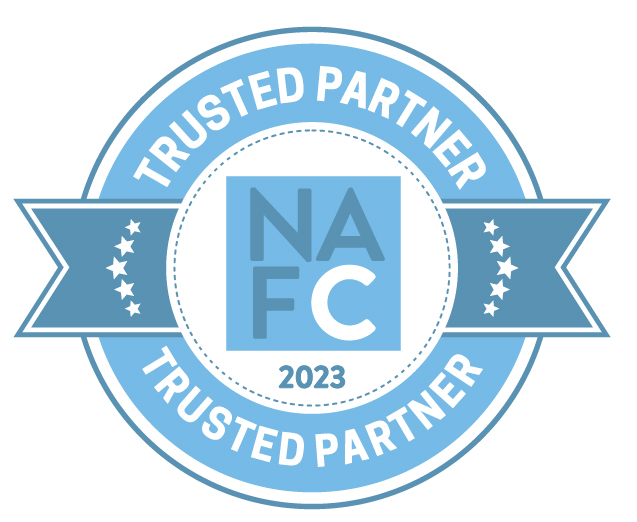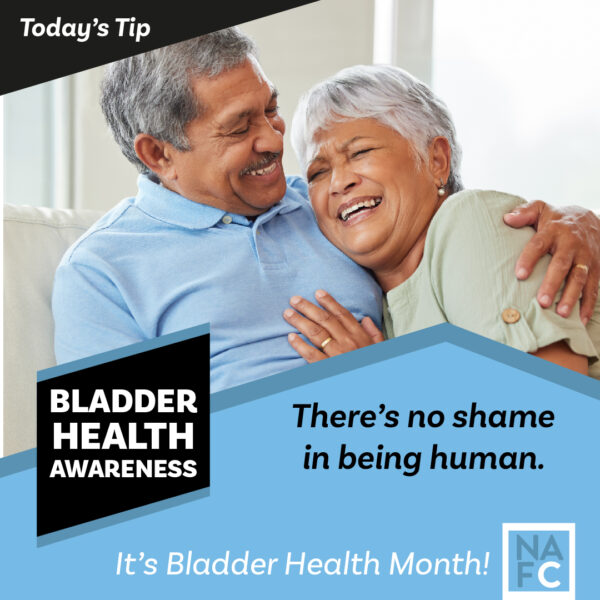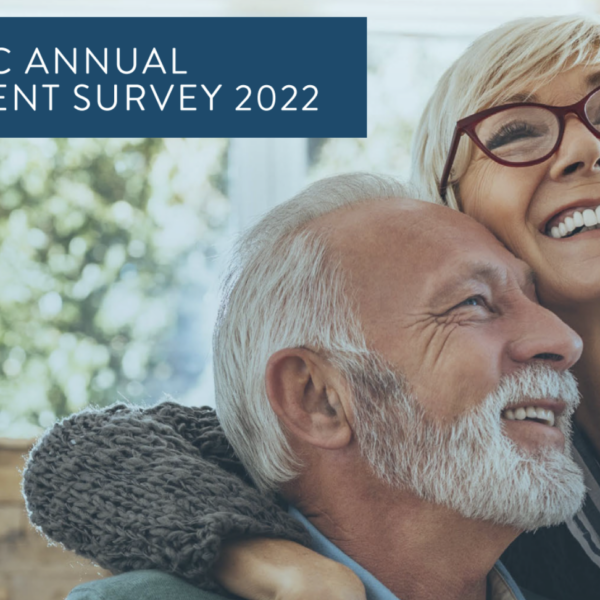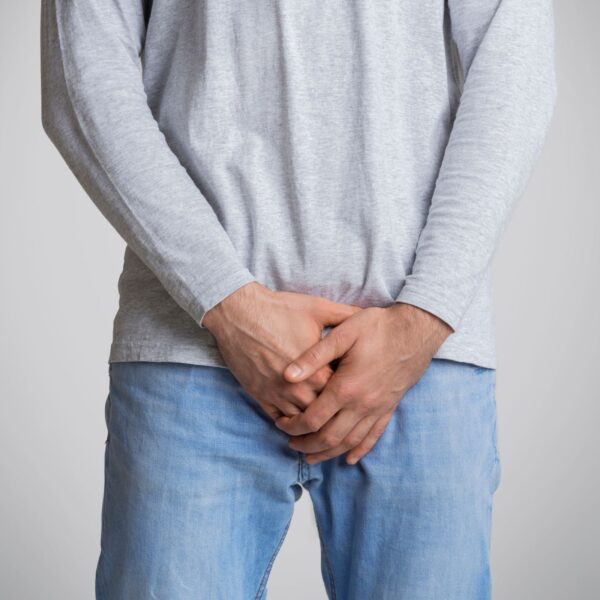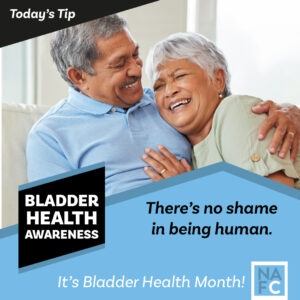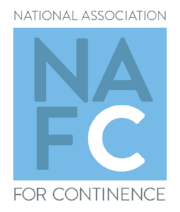A new systematic review of the nonsurgical treatments for urinary incontinence has recently been completed by PCORI (Patient-Centered Outcomes Research Institute), an organization that funds research that can help patients and those who care for them make better-informed decisions about the healthcare choices they face every day. PICORI’s research is guided by patients, caregivers, and the broader healthcare community and helps to improve outcomes of treatment decisions.
The review looked at studies that included women facing the most common types of urinary incontinence: stress, urgency and mixed, and included relevant studies and solicited input from several clinician and research experts in female UI in order to address 4 key questions:
-
Key Question 1: What are the benefits and harms of nonpharmacological treatments of UI in women, and how do they compare with each other?
-
Key Question 2: What are the benefits and harms of pharmacological treatemtns of UI in women, and how do they compare with each other?
-
Key Question 3: What are the comparative benefits and harms of nonpharmacological versus pharmacological treatments of UI in women?
-
Key Question 4: What are the benefits and harms of combined nonpharmacological and pharmacological treatment of UI in women?
The research team looked at 233 studies on nonsurgical treatments of UI, which included a total of about 14,000 women.
Learn more about the evidence update from PCORI, the findings from their review, and access to the full report at the link below.


